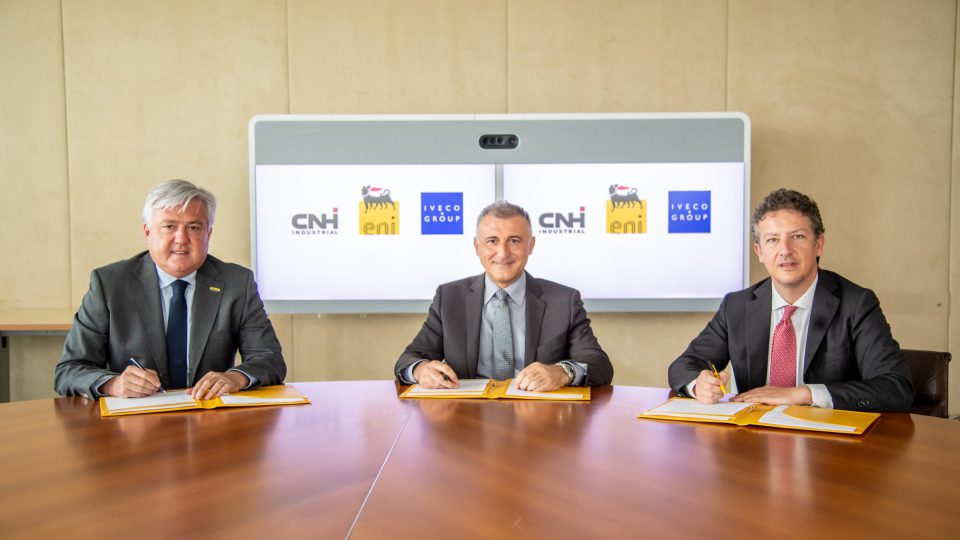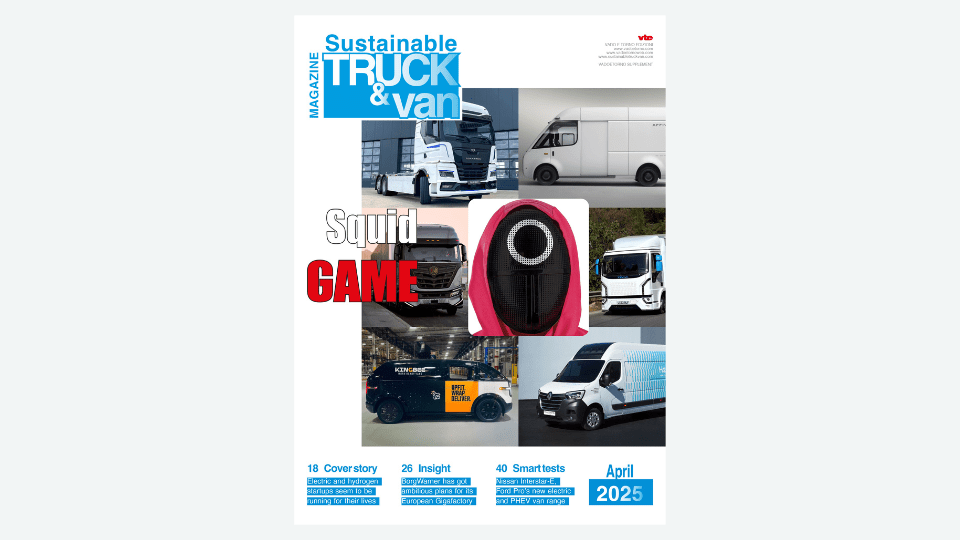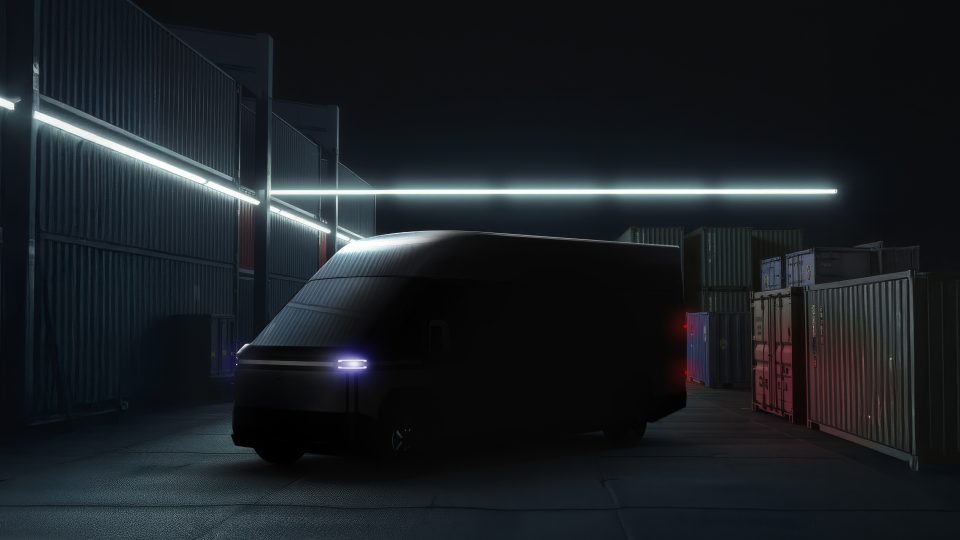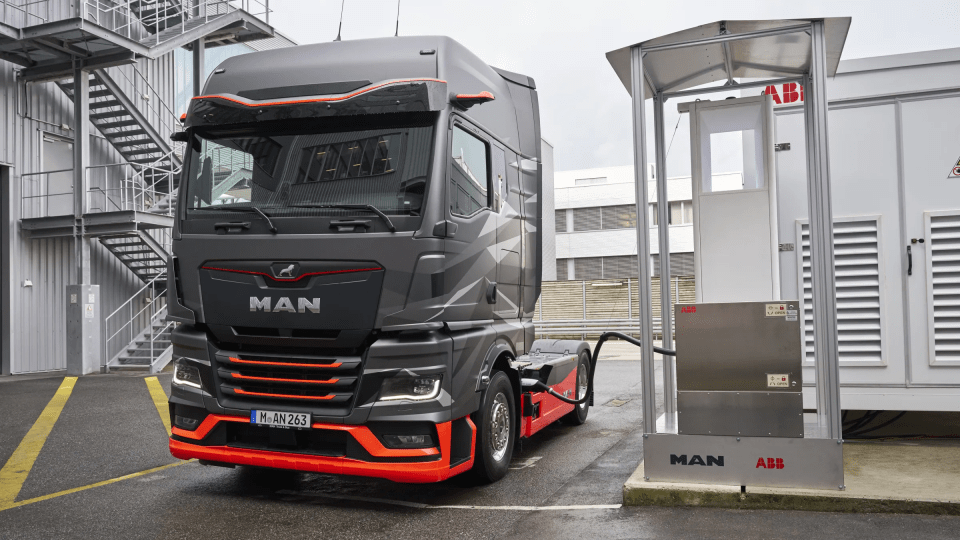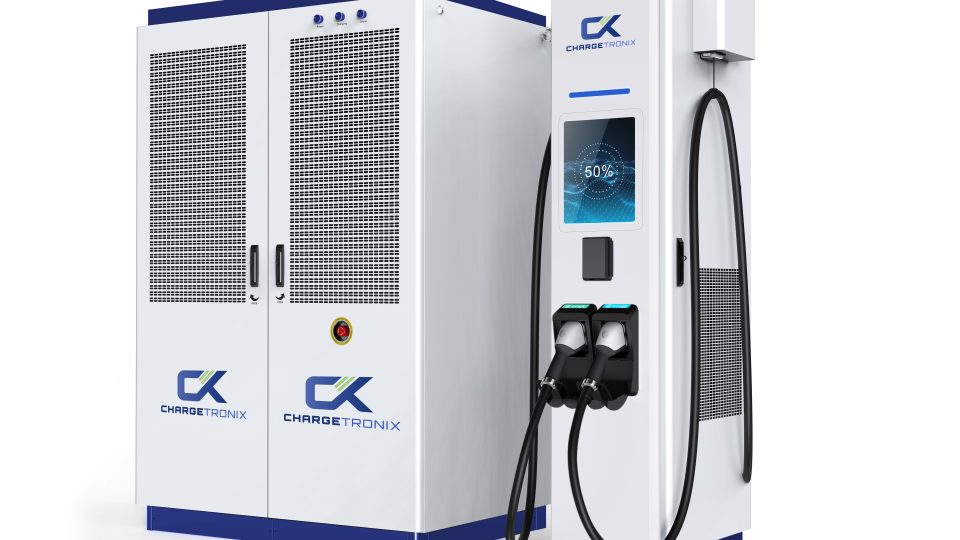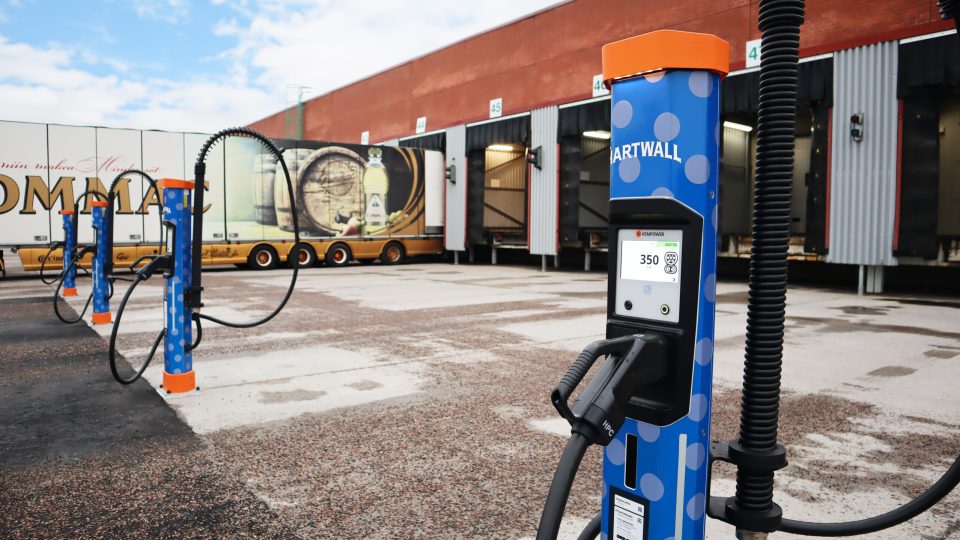Inductive recharging technology, a special test conducted in Northern Italy within the Arena del Futuro project
Tests were carried out on a 1 km asphalt circuit powered by inductive currents, with a 12-meter IVECO E-WAY electric bus reaching speeds of over 70 km/h and receiving 75kW of electrical power.
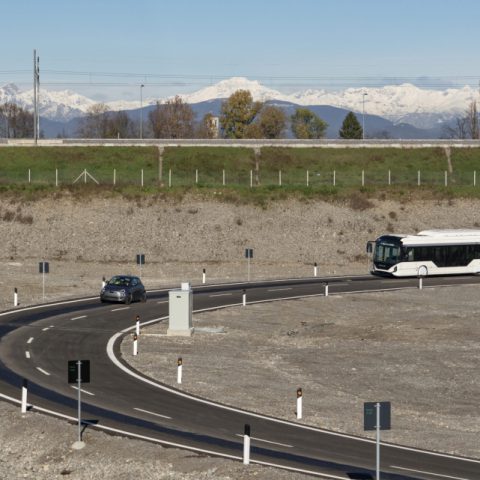
Inductive recharging technology for electric vehicles, also known as DWPT – Dynamic Wireless Power Transfer, is a technology that may allow electric vehicles to be charged using contactless dynamic inductive currents. In other words, electric vehicles might be able to recharge their batteries while travelling in dedicated lanes, thanks to an innovative system of coils positioned under the asphalt that transfer energy directly to on-board batteries.
Arena del Futuro: the benefits of inductive recharging technology
A very interesting project, called “Arena del Futuro” (Arena of the Future) started in Italy in May 2021: here’s the post we wrote last year. Some days ago, the companies involved in the project – among which are IVECO and Stellantis – conducted quite an interesting test very close to real conditions. Tests were carried out on a 1 km asphalt circuit powered by inductive currents, with a 12-meter IVECO E-WAY electric bus reaching speeds of over 70 km/h and receiving 75kW of electrical power.
The benefits of inductive dynamic charging include improved energy efficiency in vehicles, a reduction in the number of batteries needed, increased cargo and passenger capacity, extended average battery life, and reduced stopping time for recharging. The technology being tested is a potential “range extender” for all types of electrified vehicles, passenger cars, buses and trucks, and can be used by both electric and fuel cell vehicles.
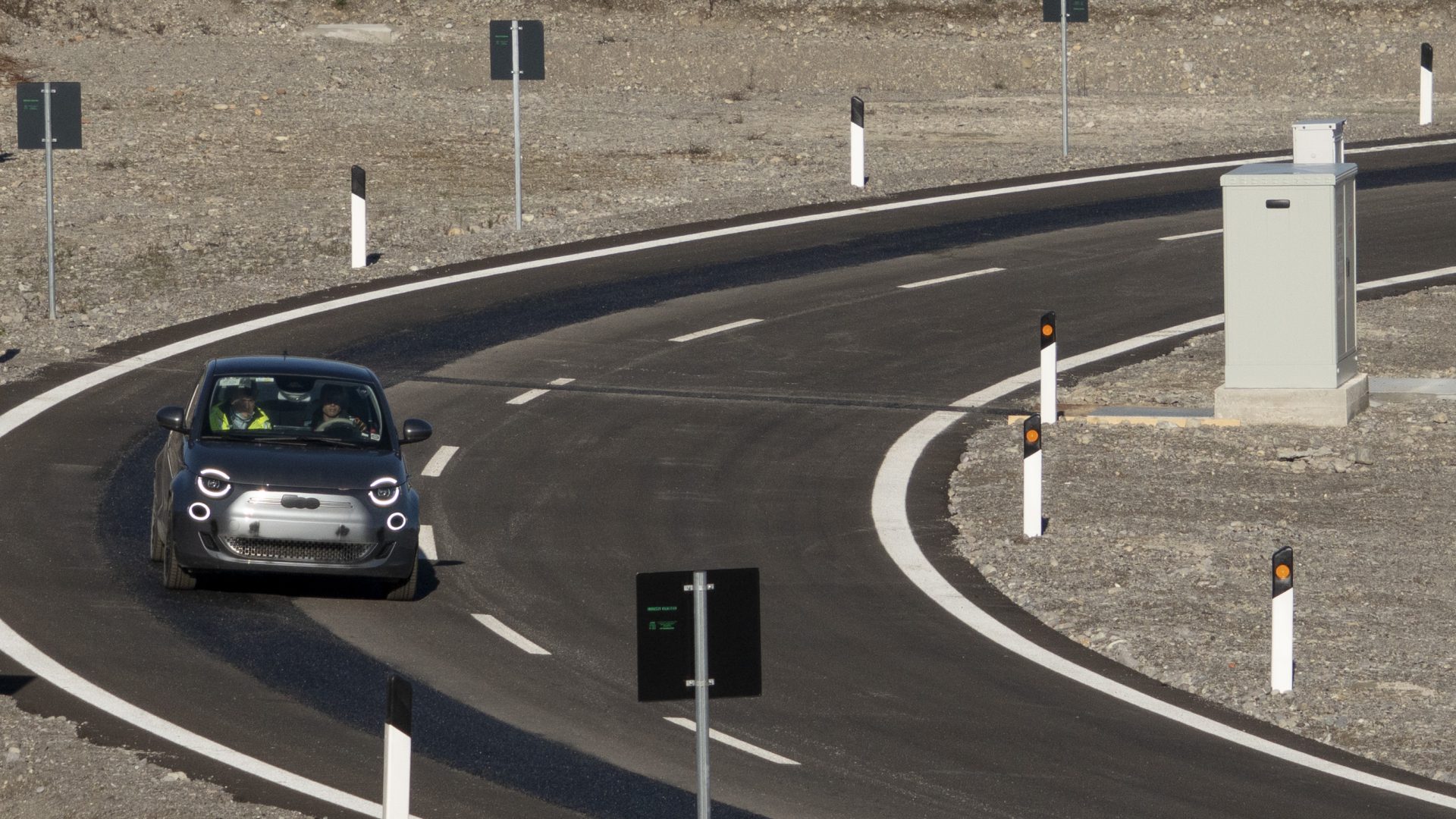
How the DWPT actually works
More into details, DWPT is a system of coils positioned under the asphalt that transfers energy directly to cars, trucks and buses without the need to stop at charging stations to refill the battery. The technology can be adapted for all vehicles equipped with a special “receiver” that transfers the energy incoming from the road infrastructure directly to the electric motor, extending the range, while conserving the vehicle battery charge.
“Our company is more committed than ever to supporting the energy transition, so it was natural for us to collaborate on this project, bringing our experience of millions of kilometres travelled by hundreds of electric buses in real-life situations with us”, said Domenico Nucera, President of the Bus Business Unit at Iveco Group. “Induction charging technology also has exciting potential for commercial vehicles and could become an effective infrastructure platform for all e-mobility systems, not just purely electric vehicles. We will continue testing, in the belief that this technology can contribute effectively to the transition to zero-emission mobility, thanks to the benefits it offers all users”.
Potrebbe interessarti
IVECO, Eni and CNH Industrial sign MoU for joint sustainability initiatives
“Our long-term strategic plan, Dare Forward 2030, is based on the premise of bringing ‘cutting-edge freedom of mobility’ to all and this project is the very essence of where we’re headed as a company”, added Anne-Lise Richard, Head of Global e-Mobility Business Unit, Stellantis. “Working with this incredible group of partners, we have proven that inductive recharging technology can power our electrified future. These joint projects are exciting steps as we work to achieve longer battery lifespan, lower range anxiety, greater energy efficiency, smaller battery size, outstanding performance and lower weight and cost”.



